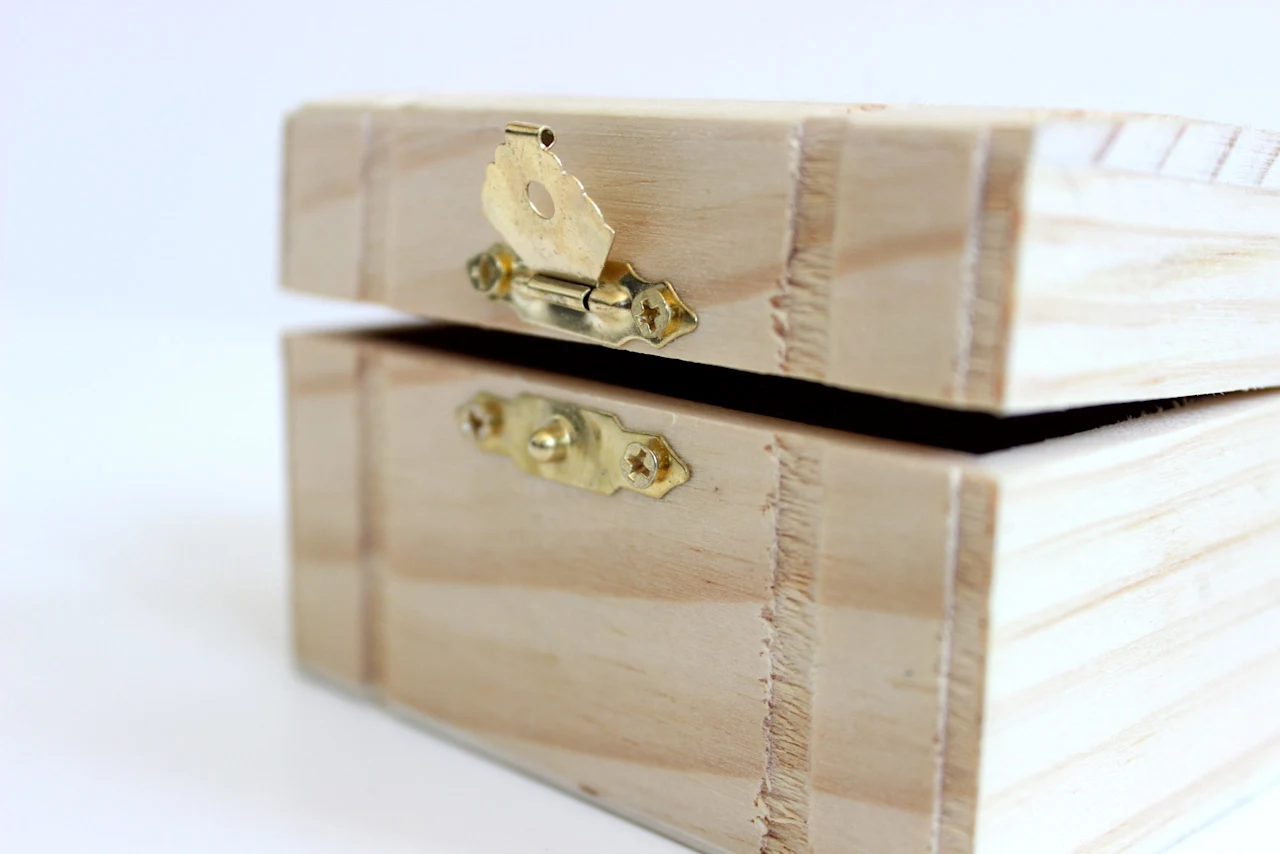
Legacy Drawer: What is it & Why do I Need One?
Want to reduce the stress your family will likely feel right after your passing? Store your Will & important documents in easily accessible Legacy Drawer!

Staff Writer, @Trust&Will
Trust & Will
The best way to avoid causing your family undue stress is by having a legitimate Will or Estate Plan prepared before you pass. And if you do make the smart decision to prioritize your Estate Planning early on, the best way to ensure your directives are upheld is to keep those plans safeguarded in a legacy drawer.
In the event something happens to you, your family should be able to access your important documents without your assistance. After you pass away, they will need to survey your Will, insurance policies, and financial documents so that they can distribute your assets accordingly.
So where should you keep this important information? Keep reading to learn:
What is a Legacy Drawer?
A legacy drawer is a place in your home (often times a drawer or filing cabinet) that contains important documents your family would need to access in the event you pass away or become incapacitated. The term was originally coined by financial expert Dave Ramsey but has now made it into mainstream Estate Planning lexicon.
It’s also necessary to point out that a legacy drawer should be a physical place — meaning not on your computer or other digital device. If you pass away or become incapacitated and your family is unable to retrieve, say, your Will or Estate Plan because it’s safeguarded behind password protection, your advance directives will be rendered useless.
Why You Should Have a Legacy Drawer
The number one reason why it’s of utmost importance to create a legacy drawer is to make it easy for your loved ones to find your significant documents once you’ve passed away. Family members will be grieving your death while also having to deal with the added stress of planning your funeral. There’s no need to increase the burden on their shoulders by making it impossible for them to find your Will, Estate Plan, insurance information, or other important documents.
If your family is unable to locate your Will or Trust, it will be assumed that you either destroyed it or never created one at all. In this case, you are considered to have died intestate. Dying intestate, or dying without a will, means the future of your assets and estate are dictated by probate court ruling. Every state’s law varies, so your assets will be divided in some way between your spouse, children, parents, siblings, and next of kin depending on where you live.
Just think of it this way: if you put in the effort to prioritize your Estate Planning in advance (which everyone should do) you may as well take the extra step to ensure it’s kept in a safe place.
What to Put in Your Legacy Drawer
Any document pertaining to assets enumerated in your estate, or of other financial or sentimental value to yourself and your family should be kept in your home’s legacy drawer. Here are a few common examples:
Cover Letter: A cover letter should act as the table of contents for your legacy drawer. It can be a typed or handwritten document that lists every item in your drawer, why it’s there, and any other important information regarding that specific item.
Will, Trusts, & Estate Plan: Any information pertaining to your Will, Trusts you’ve created, or Estate Plan should be included in your legacy drawer. Be sure to also list the name(s) of your executor and Power of Attorney, if one is assigned. Lastly, it can be helpful to include a list of duties you want to assign each of your family members in regards to the events following your passing.
Insurance Information: Anything concerning different insurance policies you may have should be included in a file in your legacy drawer. Think: auto, home, life, health, etc. If you’ve taken the time to protect your family’s livelihood through different insurance policies, then you should be sure to take the time to protect that investment. You can even add a separate cover sheet cataloging solely insurance information in the case you have numerous policies.
Financial Information: Checking accounts, savings accounts, credit cards, loans, mortgages, 401(k) accounts, memberships, stock holdings, other investments, or anything that you or your spouse has put money into, should be cataloged in your legacy drawer. Make sure to list how much money is held in each account, their specific account numbers, and phone numbers for each financial institution responsible for the accounts. Note: be sure to also leave behind instructions for how to access your safety deposit box or safe if you have one.
Letters to Loved Ones: If you intend to distribute letters to your loved ones after you pass (also known as legacy letters), those can also be kept in your drawer. Such letters can express the appreciation and love you felt for each recipient. It can be comforting to know that your friends and family will be able to cherish your words and sentiments even after your death.
Important Passwords: Can you think of any websites you subscribe to that a friend or family member may need to access on your behalf after your passing? If so, be sure to include in your legacy drawer a list of links, usernames, passwords, and reasons why someone may need to visit each site.
Tax Returns: Holding on to at least two or three years of tax returns is always a smart idea. In the event you or your spouse are audited after you die, it’s helpful to have access to that necessary documentation in a legacy drawer.
Funeral Instructions: Specific instructions regarding your funeral or how you want to be buried should be included in your legacy drawer so that your family can fulfill your wishes. The
and burial you’ve opted for will likely already be listed in your Will, but if you have other particular details you want your family to know, (e.g. you want everyone at your funeral wearing brightly colored clothing) it’s smart to update your legacy drawer with those directions.
Other Legal Documents: What to keep in a legacy drawer isn’t going to be the same for everyone — there are no hard and fast rules. If you have any other additional documents you deem important (like birth certificates, social security cards, etc.) storing them in your legacy drawer certainly can’t hurt.
Where to Keep Your Legacy Drawer
A safe place in your home
At your attorney's office
With your executor or personal representative
With the person you named your successor trustee
Again, your legacy drawer doesn’t have to be an actual drawer. It can be a box, crate, folder or anything that can house documents. The most important thing is that it be easily accessible and that family members know exactly where it lives.
Be sure to keep your legacy drawer somewhere safe and that the chosen spot is protected from potential fire or flood damage. And resist the urge to “hide” it somewhere special. While it can be tempting to keep your legacy drawer somewhere an average person wouldn’t be able to access, you risk forgetting where you put it and losing all of your important information.
If you’re so inclined, you can also keep your legacy drawer at your attorney’s office. At the very least, they can keep a copy of any signed document in case something is accidentally destroyed. Your executor or personal representative may also be willing to house your legacy drawer if you feel that that’s necessary.
Lastly, anyone who has formed a revocable living Trust can have the person they named as their successor trustee hold on to important paperwork for them.
Sorting out your affairs in advance so that you are prepared once you pass away may not be a task you want to think about. But doing so is the best way to ensure your family and loved ones avoid going through additional hardship while they grieve your death. When your Will is clear, your funeral instructions are explicit and your insurance paperwork is easy to find (because it’s organized in your legacy drawer), your family will be able to spend less time tracking down documents and more time seeing to your end-of-life wishes and cherishing memories.
Don’t wait another day to start your Estate Planning journey with the help of Trust & Will.



